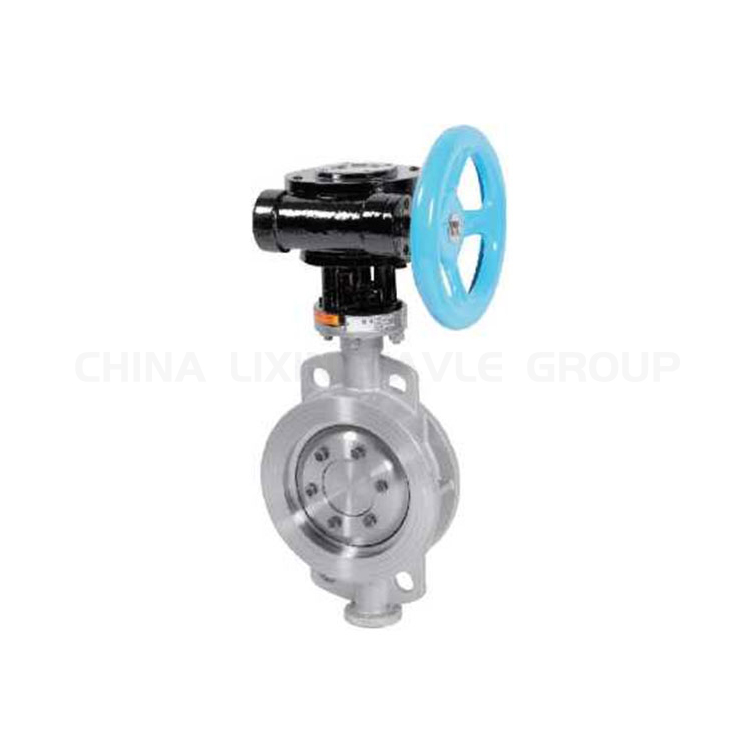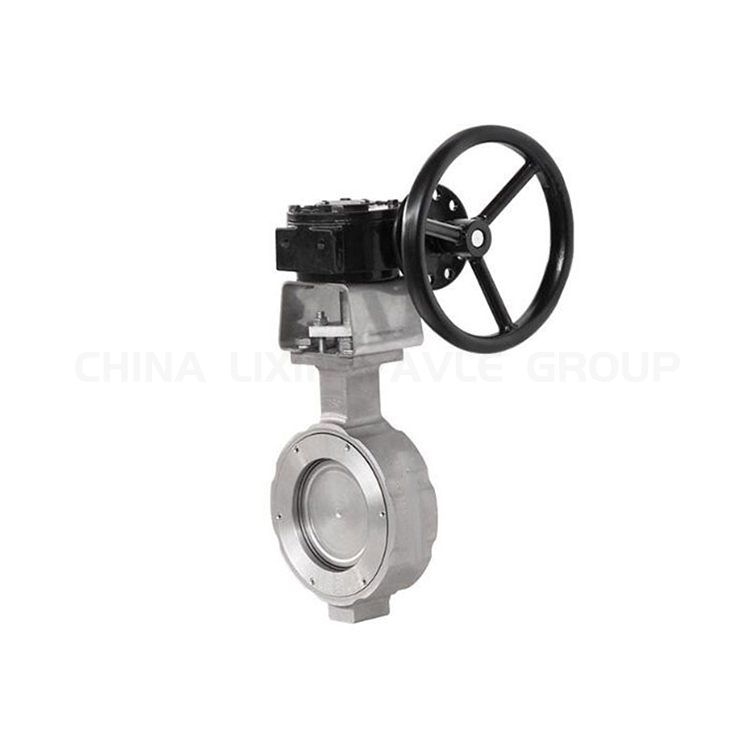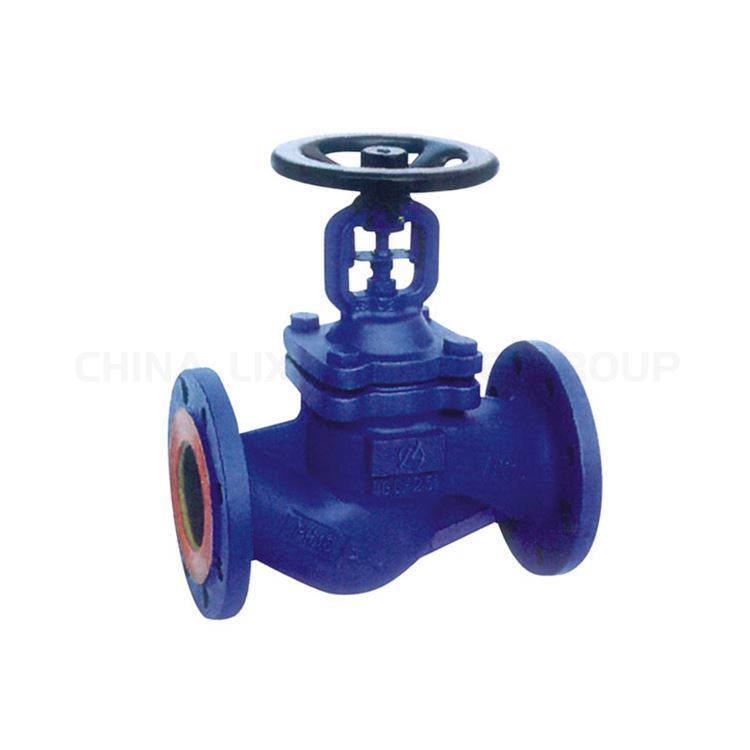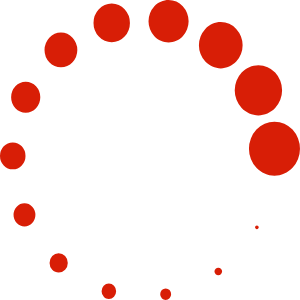金洋2娱乐平台
Valve Control
Valve control is a key component in industrial automation, ensuring the safety, efficiency and stability of the production process. By accurately controlling the switching state and flow rate of valves, the fluid flow rate, pressure and temperature can be regulated, thus optimizing the process parameters and improving the production efficiency. Modern valve control system usually adopts advanced sensors and actuators, and combines PLC, DCS and other automation control systems to realize all-round intelligent control and monitoring.
Valve control has a wide range of applications, covering a variety of industries such as petroleum, chemical, electric power, water treatment and so on. In the oil and gas industry, valve control is used to regulate the flow of oil pipelines to ensure transportation safety and energy utilization. In the chemical industry, precise valve control can realize the stability of pressure and temperature in the reactor and improve product quality. In the power industry, valve control is used to regulate steam flow in boilers and turbines to ensure stable operation of power plants. In the water treatment industry, valve control is used to regulate the flow of incoming and outgoing water to ensure the efficient operation of water treatment equipment.
With the development of Industry 4.0, valve control technology is also advancing, and the application of smart valves and remote control systems is becoming more and more popular. These innovative technologies not only improve the degree of automation of the production process, but also enhance the flexibility and responsiveness of the system, making industrial production safer, more environmentally friendly and efficient.
金洋2娱乐平台体育真人

A control valve is a device used to regulate the flow, pressure or temperature of a fluid, and is widely used in industrial and civil fields. It controls the passage of fluid by changing the position of the spool to achieve the purpose of regulation. Control valves are usually composed of an actuator and a valve body, the actuator can be electric, pneumatic or hydraulic, while the valve body is made of different materials, such as stainless steel, cast iron, copper, etc., according to the nature of the fluid and the working environment.
The working principle of the control valve mainly depends on the actuator to receive the control signal, drive the spool to move in the valve body, thus changing the flow cross-section area and realizing the precise control of the flow. For example, in a chemical production process, control valves can regulate the feed flow of the reactor to ensure stable reaction conditions. In addition, control valves can be used in temperature control systems to keep the temperature of the system within a set range by regulating the flow of hot water or steam.
金洋2娱乐平台网页版
When discussing “Control Valve Should Always Be In What Position”, it is important to understand that different types of control valves are suitable for specific locations and applications due to differences in their characteristics and functions.
| Control Valve Type | Characteristics | Applications |
|---|---|---|
| Ball Valve | Simple structure, easy operation, high pressure resistance, good sealing | Oil, natural gas, chemical, water treatment |
| Butterfly Valve | Compact structure, lightweight, quick opening and closing, good flow regulation | Water treatment, HVAC systems, food and beverage, pharmaceuticals |
| Gate Valve | Low fluid resistance, good sealing performance, suitable for fully open or fully closed state | Water treatment, power plants, petrochemical, pharmaceuticals |
| Globe Valve | Precise flow regulation, good sealing performance, suitable for high pressure and high temperature | Oil, chemical, power plants, pharmaceuticals |
| Control Valve | High control accuracy, suitable for automatic control systems | Chemical, oil, natural gas, power plants |
| Solenoid Valve | Quick opening and closing, simple structure, suitable for remote control | Water treatment, pharmaceuticals, food and beverage, chemical |
| Plug Valve | Good sealing performance, wear-resistant, suitable for high pressure and high temperature | Chemical, oil, natural gas, power plants |
| Check Valve | Prevents backflow of the medium, simple structure, easy maintenance | Oil, chemical, water treatment, HVAC |
| Pressure Reducing Valve | Regulates downstream pressure, maintains stable pressure output | Water treatment, steam systems, air compressor systems |
| Steam Trap Valve | Automatically discharges condensate, prevents steam leakage | Steam systems, boilers, chemical equipment |
| Plug Valve | Simple structure, easy operation, suitable for quick opening and closing | Oil, natural gas, chemical, food and beverage |
| Diaphragm Valve | Suitable for corrosive media, simple structure, easy to clean | Pharmaceuticals, food and beverage, water treatment, chemical |
| Safety Valve | Prevents system overpressure, automatic pressure relief protection | Boilers, pressure vessels, chemical equipment, pipeline systems |
| Balancing Valve | Regulates system flow, balances system pressure | HVAC systems, hot water systems, refrigeration systems |
| Air Release Valve | Removes air from the pipeline, prevents air blockages | Water treatment, water supply systems, HVAC |
金洋2娱乐官网app下载中心
The default position of a control valve is usually “normally closed” or “normally open”. Normally closed valves remain closed when there is no external signal, while normally open valves remain open when there is no external signal. The choice of default state depends on the design requirements of the system and safety considerations. For example, in applications where safety is paramount, such as emergency shutdown systems, normally closed valves are able to close automatically in the event of a system failure, preventing a hazardous situation from occurring.
During normal operation, the position of the control valve should be adjusted according to the actual needs of the system. The operator can send signals through the control system to adjust the opening of the valve to achieve precise control of flow, pressure or temperature. This real-time adjustability allows the control valve to adapt to changing operating conditions and ensures stable system operation.
Regular maintenance and inspection are also key to ensuring that control valves are always in the correct position. The operational status and performance of control valves can change over time, so regular inspections and maintenance are required to ensure their sensitivity and reliability. During maintenance, operators should scrutinize the valve’s sealing, responsiveness, and on/off status to identify and resolve potential problems in a timely manner.
Another important factor to pay attention to is the setting of the control system. The control system should be able to accurately monitor and regulate the position of the control valve and respond to changes in external signals in a timely manner. When designing and installing the control system, it should be ensured that it has sufficient sensitivity and stability to work reliably under different operating conditions.
The optimal position of different types of control valves for specific applications can vary. For example, control valves are usually used for precise flow control, so their openings should be dynamically adjusted according to actual demand. In some special applications, such as pressure relief valves or safety valves, their position and switching status need to be specially designed and set to ensure that pressure can be quickly released when the system is overpressurized to protect equipment and personnel.
金洋2娱乐平台老虎机
Q1: What is the function of a control valve?
The function of a control valve is to regulate the flow of a fluid (liquid or gas) by varying the size of the flow passage. This allows for precise control of process parameters such as flow rate, pressure, temperature, and liquid level in various industrial systems.
Q2: What are the three basic control valves?
The three basic types of control valves are:
- Globe Valve: Known for precise control and good throttling capability, used in applications where accurate flow control is required.
- Ball Valve: Offers quick shutoff and is used in applications requiring a tight seal and where a full-flow path is necessary.
- Butterfly Valve: Provides good control and is suitable for large flow rates in low-pressure applications due to its simple and compact design.
Q3: How do positioners enhance control valve performance?
Positioners are devices that ensure the valve actuator reaches the desired position by comparing the control signal to the actual valve position and making adjustments as needed. They improve the accuracy, responsiveness, and stability of the control valve, especially in applications requiring precise control or where there is significant friction or deadband in the valve mechanism.
Q4: What is the role of a control valve in a PID control loop?
In a PID (Proportional, Integral, Derivative) control loop, the control valve acts as the final control element that adjusts the flow or pressure based on the output signal from the PID controller. The PID controller processes the difference between the setpoint and the process variable, sending the appropriate signal to the control valve to achieve the desired control objective.
Q5: What is cavitation and how does it affect control valves?
Cavitation occurs when the pressure in a liquid drops below its vapor pressure, causing the formation of vapor bubbles. These bubbles collapse violently when they reach a region of higher pressure, creating shock waves that can damage valve components. Cavitation can lead to noise, vibration, erosion, and premature valve failure.
Want To Learn More? Click Here To View Product Details!







